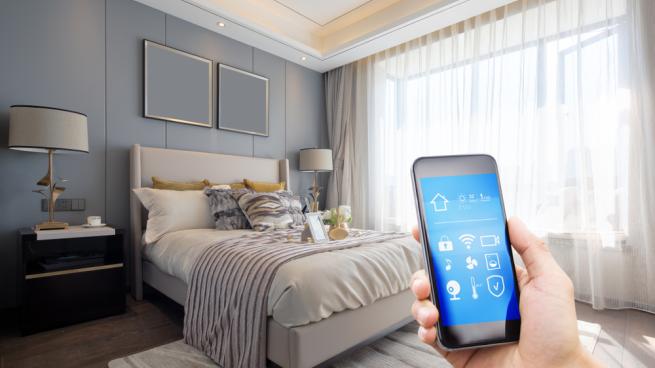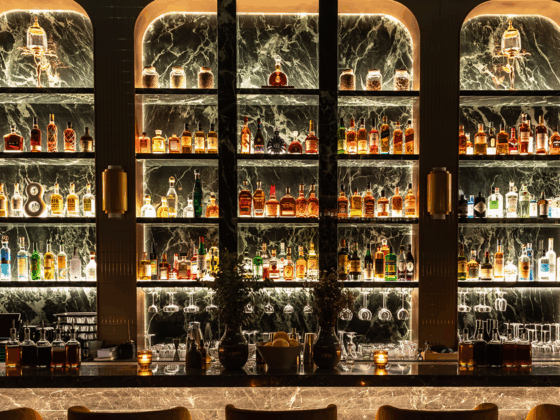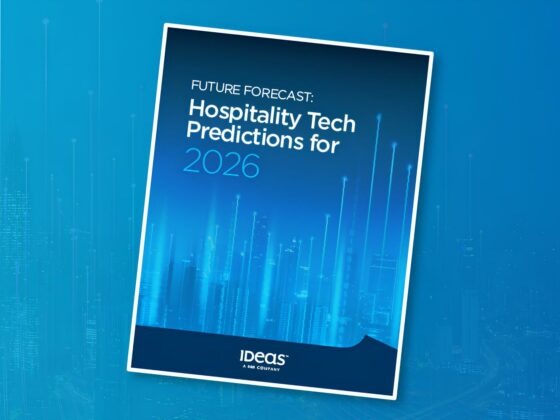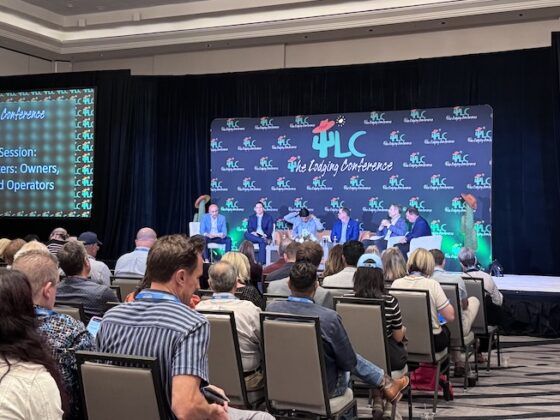
Think about a great hotel experience — as a guest, that is. You’ll probably express it in generalities: words like “luxurious,” “elegant,” or “welcoming.”
Now, think about a poor hotel experience. From a tech perspective, you’ll probably be able to list several specifics. For example: “I could never get the room the right temperature.” “The bathroom light was way too bright at 2 A.M.” “I was barely able to work the TV.” If any of those kinds of critiques are part of what’s been sold as a luxury stay, it’s a considerable drawback.
When the technology is right for the room and the guest, it’s essentially invisible. When it isn’t, it can conjure a very bad — and specific — set of memories. Both positive and negative effects can be felt from the moment a guest enters their room.
The Grand Welcome
That moment when a guest first sets foot in the space can set the stage for a successful stay in more ways than we might realize. A room that presents a guest with a “grand welcome” can have a profound impact—when private spaces have the same sense of opulence as common areas such as a hotel’s lobby, a guest immediately feels as if their money is well spent.
Technology integrators with experience in smart home projects understand this concept of holistic elegance very well — a grand welcome can be created as a group of systems working in concert to create a particular scene when prompted by an automated trigger.
That trigger — tripped when a guest first opens their door — can cause motorized shades or drapery to open or shut, depending on the time of day or the view. The lights automatically adjust to the perfect level, again, depending upon the available ambient light in the room. The thermostat may already be set to a guest’s preference at check-in, so the room’s the perfect temperature. And it can have the TV power up and display the hotel’s welcome message. If it’s a luxury suite with audio, that guest may have been asked for a specific genre of music or playlist — or even natural sounds such as water or wildlife — that begins playing in the background as the door swings open.
The Experience Continues
From this moment forward, the experience can be split into settings and scenes which can be triggered either manually or automatically. A terrific example of “background technology” as the foundation of a luxury stay is tunable lighting. The potential positive effects of lighting programmed with circadian rhythms are a benefit that’s more felt than seen.
Luminaires can provide warm light tones at lower levels as people start their day. When traveling for business, guests need brighter, whiter colors of light throughout the middle part of the day to be more alert and productive. And then, as the evening drifts night, that illumination again has to change along that natural circadian curve to provide warmer, lower levels of light.
Of course, the ability to switch out of automated lighting and into whatever one might desire is just as important. And it’s imperative that the interfaces that manually control that lighting — whether they’re keypads or touch screens — are made of materials of the highest quality and are designed to be as intuitive as possible.
The Rest of the Environment
Beyond lighting, the ability to provide the optimal temperature for the guest in their room is also very beneficial. Having a simple, smart thermostat that can even “talk” to other technologies that may be in the room is key to that.
Imagine, for example, a thermostat that ‘understands’ when a guest is in the room, when to raise or lower shading to assist with heating and cooling, and so on. Holistic climate control solutions aren’t just a perk for the guest — they can save an operator money on energy resources.
Audio and video sources can also contribute to the ambiance and evoke a sense of luxury. Peaceful music or sounds of nature via an audio system, TV displays that default to either natural scenes or digital artwork when a guest isn’t watching movies, shows, or sports — all of these elements can make a big difference.
Control Options and Customization
Once the guest has begun to settle into the room, keeping their control options flexible is beneficial. Multiple user interface options are a great touch: For guests who want a bit more info or feedback than a keypad, touch screens are terrific — but couple them with keypads for users who prefer simpler interfaces. The goal is to ensure that the guest can adjust their amenities — control this, automate that — in moments.
Now take all those settings and make them a part of your loyalty program.
Think about a room that “remembers” a guest, their preferred air and water temperatures, music and television preferences, wake and sleep patterns, drink and dining favorites, and so on. Give your guests the ability to tweak that profile, then save that data across every property in the portfolio.
What you’ve created now is something that goes beyond luxury — you’ve created true hospitality, providing that customer with a space and a staff that already knows what they’ll desire before they’ve even booked their next stay.








